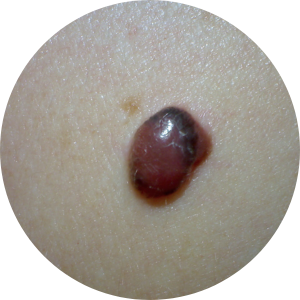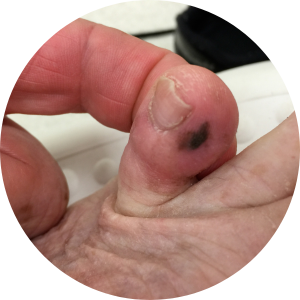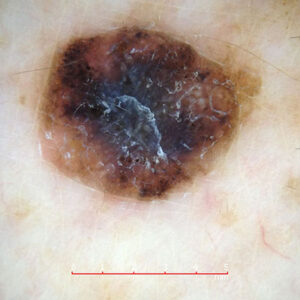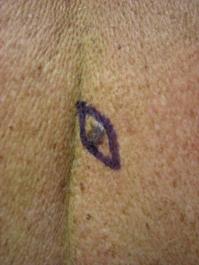Melanomas vary greatly in the way they look. The first sign of a melanoma is usually a change in an existing freckle or mole or the appearance of a new spot.
The earlier the diagnosis, the higher the chance of successful treatment.
The most common system for detecting a melanoma is the ABCDEFG rule. However not all melanomas obey the rules and expert assessment is important.
ABCDEFG System

A-ASYMMETRY (ONE HALF UNLIKE THE OTHER)








